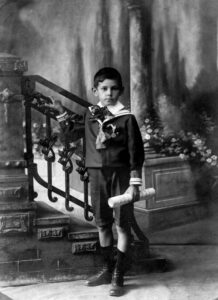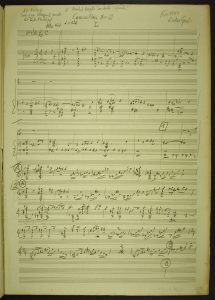- At the age of nine, Radamés is decorated by the Italian consul, with a diploma and medal, for his performance as conductor and arranger of a small children’s orchestra, at the Sociedade dos Italianos, in Porto Alegre.

- The composer and multi-instrumentalist Garoto (Aníbal Augusto Sardinha), to whom Radamés dedicates, in 1951, the
Concertino n. 2 for guitar and orchestra
.

(reduction of the orchestra part to piano)
- Orlando Silva (Orlando Garcia da Silva, 1915-1978), the “singer of the crowds”, is born in Rio de Janeiro (RJ). He is considered by critics the greatest Brazilian popular music singer of all times [1].
- The march Ai, Filomena (J. Carvalho Bulhões), is launched by the singer Baiano (Manuel Pedro dos Santos). This year’s carnaval success, the song is a mockery of President Hermes da Fonseca, considered to be an unlucky guy, nicknamed “seu Dudu” by the people.
